Archives
- 2025-12
- 2025-11
- 2025-10
- 2025-09
- 2025-03
- 2025-02
- 2025-01
- 2024-12
- 2024-11
- 2024-10
- 2024-09
- 2024-08
- 2024-07
- 2024-06
- 2024-05
- 2024-04
- 2024-03
- 2024-02
- 2024-01
- 2023-12
- 2023-11
- 2023-10
- 2023-09
- 2023-08
- 2023-07
- 2023-06
- 2023-05
- 2023-04
- 2023-03
- 2023-02
- 2023-01
- 2022-12
- 2022-11
- 2022-10
- 2022-09
- 2022-08
- 2022-07
- 2022-06
- 2022-05
- 2022-04
- 2022-03
- 2022-02
- 2022-01
- 2021-12
- 2021-11
- 2021-10
- 2021-09
- 2021-08
- 2021-07
- 2021-06
- 2021-05
- 2021-04
- 2021-03
- 2021-02
- 2021-01
- 2020-12
- 2020-11
- 2020-10
- 2020-09
- 2020-08
- 2020-07
- 2020-06
- 2020-05
- 2020-04
- 2020-03
- 2020-02
- 2020-01
- 2019-12
- 2019-11
- 2019-10
- 2019-09
- 2019-08
- 2019-07
- 2019-06
- 2019-05
- 2019-04
- 2018-07
-
According to average serum fat
2023-01-28
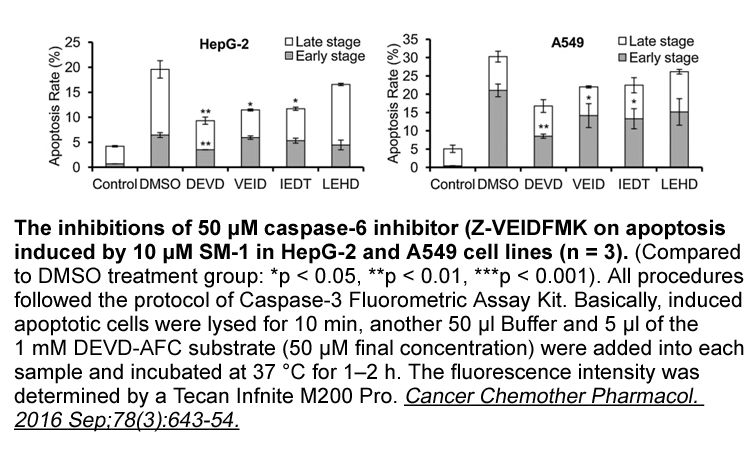
According to average serum fat content of 6.9 g/L (Phillips et al., 1989) and serum dioxin level from individuals exposed to dioxins as the result of accidents in Seveso (Needham et al., 1997), Taiwan (Guo et al., 2004) and Vietnam (The Tai et al., 2011) the median serum concentration of TCDD would
-
br The future of cancer therapeutics with
2023-01-28

The future of cancer therapeutics with Aurora kinase inhibitors Involvement of Aurora kinases in deregulating multiple tumor suppressor and oncogenic pathways together with the preclinical findings on the efficacy of Aurora kinase inhibitors in attenuating growth of tumor flavopiridol synthesis
-
Another contributor for the G M arrest in A
2023-01-28
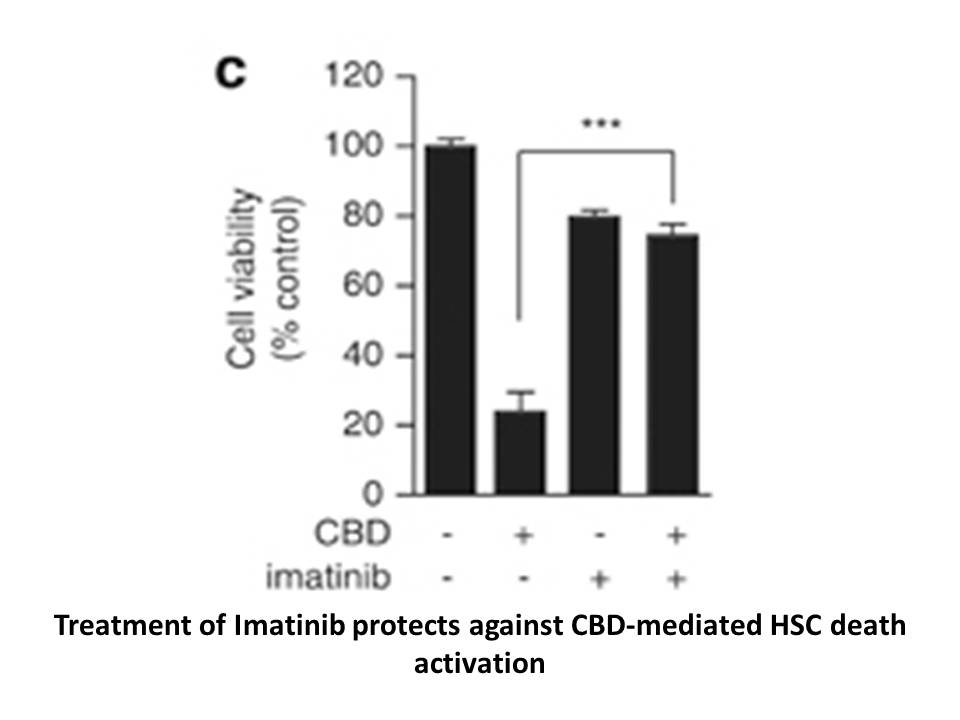
Another contributor for the G2/M arrest in A549 and H1299 cells might be p21WAF1/CIP1 which was up-regulated upon ovatodiolide treatment. p21WAF1/CIP1 is a common CDKs inhibitor which blocks TC 14012 G2/M phase progression in various types of cancer cells (Kim et al., 2015, Liberio et al., 2015). It
-
Although the role of apelin and APJ
2023-01-28
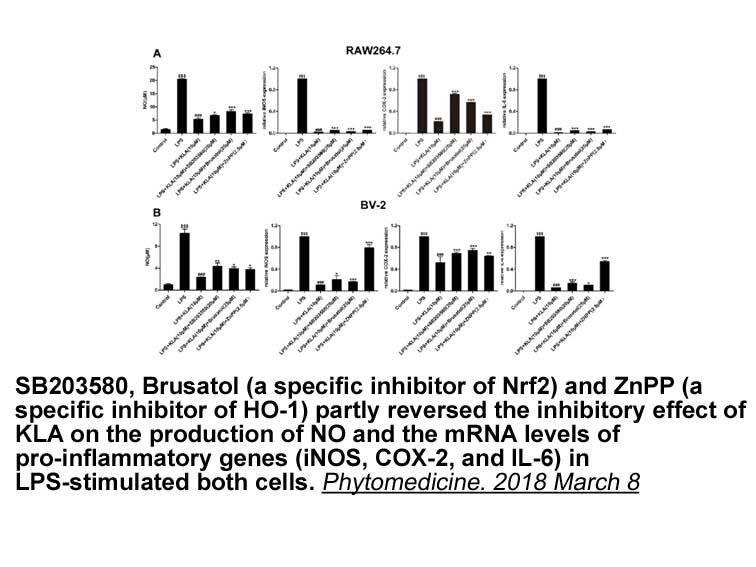
Although the role of apelin and APJ receptor in cardiovascular functions has been well-elucidated, little is known for the effect of the central apelinergic system on gastrointestinal (GI) functions. In mice, it has been found previously that central exogenous apelin-13 decreased gastric emptying (G
-
Natural compounds present in medicinal
2023-01-28

Natural compounds, present in medicinal and/or nutritional plants as well as in macrofungi sources, have stimulated a great interest from the pharmaceutical industry. Different natural compounds such as phenolic compounds, alkaloids, terpenoids among others, have shown strong antiangiogenic effects
-
br Acknowledgments The authors thank Claudia Wittrock for
2023-01-28
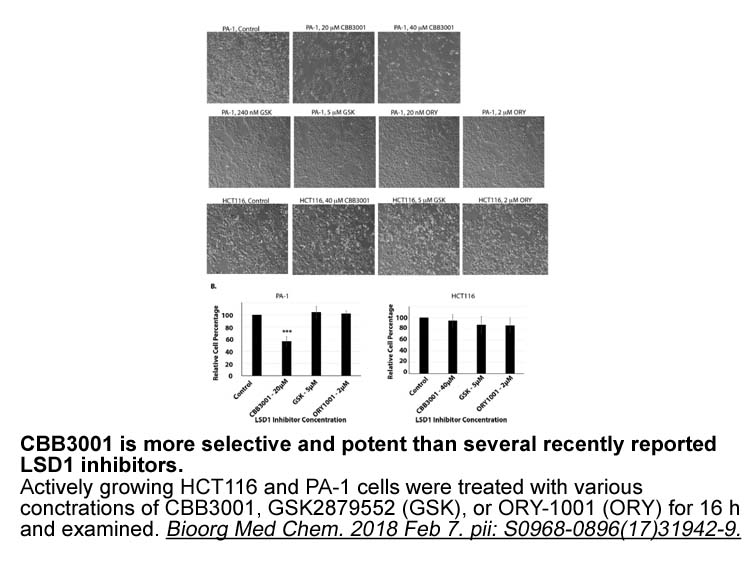
Acknowledgments The authors thank Claudia Wittrock for her excellent technical assistance. The work was supported by grants of the Deutsche Forschungsgemeinschaft (SFB974 TP B05) and of the Anton-Betz-Stiftung to N.K. A.M. is an associate member of the iBrain graduate school at the University of
-
br The lipoxygenase pathway and
2023-01-28
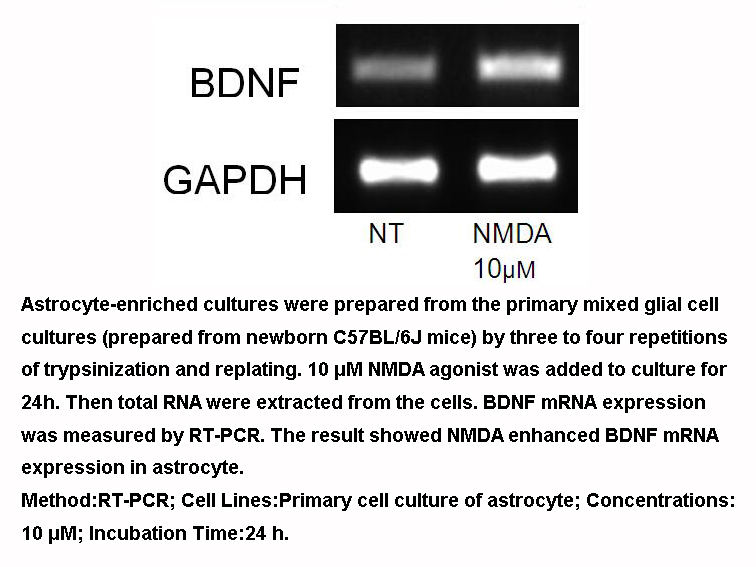
The 12/15-lipoxygenase pathway and microvascular complications of diabetes The 12/15-lipoxygenase pathway in adipose tissue Only recently has adipose tissue been recognized as a highly metabolically active endocrine organ imparting profound local and systemic inflammatory effects. Adipose tiss
-
It was reported that overexpression
2023-01-26
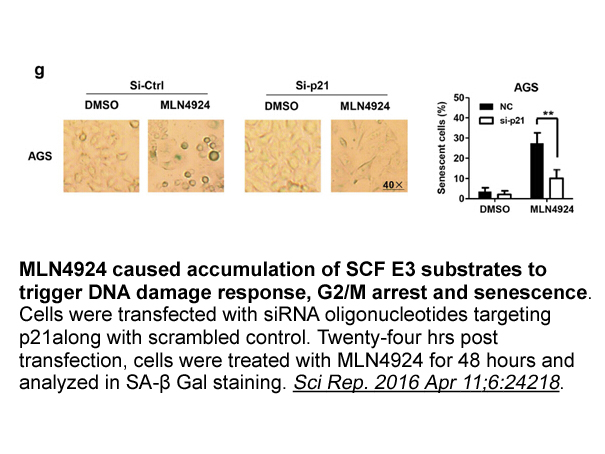
It was reported that overexpression of the rat ACL gene in tobacco increased the total ACL activity by 4 fold, which increased the production of fatty acids by 16% [8]. Recently, a 1.7-fold increase of fatty acids and 1.9-fold increase of triacylglycerol (TAG) was observed in Aspergillus oryzae with
-
In our bioinformatics analysis of
2023-01-26
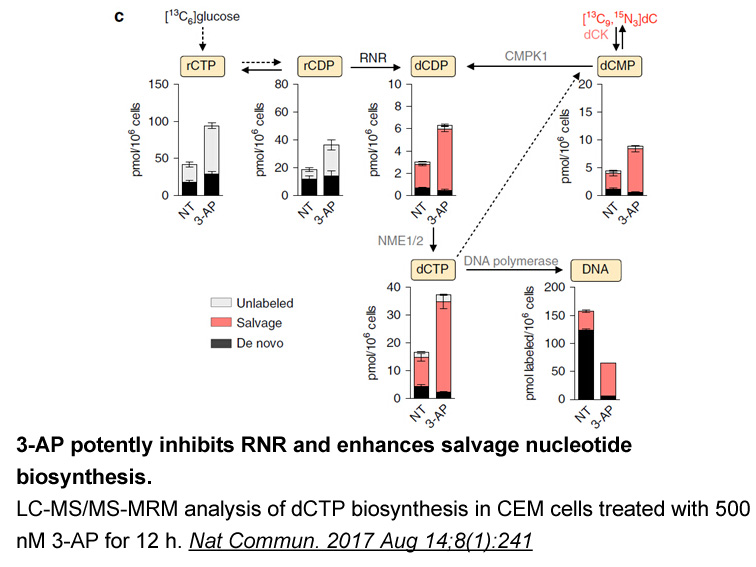
In our bioinformatics analysis of proteins with increased SUMOylation upon treatment with MMC and HU, we found clusters of co-regulated proteins that are known to function together in the RS response. In addition to the ATR activation proteins, BRCA1 and BARD1, we also found Fanconi anemia proteins
-
As with most G protein coupled
2023-01-26

As with most G protein-coupled receptors (GPCRs), sustained activation of APJ can cause desensitization and this has been reported to occur for APJ-mediated effects on cytoplasmic Ca2+ concentration, as well as for effects on activity of adenylyl cyclase, ERK and Akt (Ishida et al., 2004, Masri et
-
In conclusion there are only a
2023-01-24
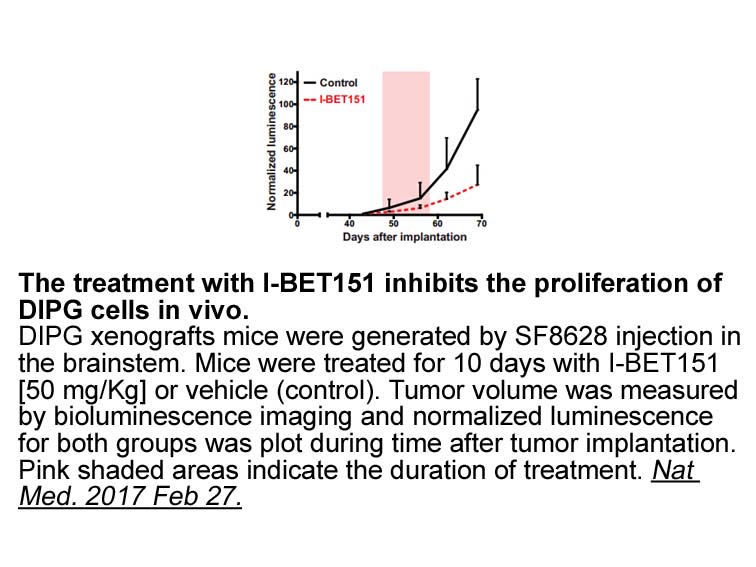
In conclusion, there are only a few experimental reports evaluating the influence of Fluorescein-12-dUTP on allergy. With the exception of studies using macrolides, most point to their harmful effect on the severity of this disease. Future studies will be crucial to define the impact of antibiotic
-
Our research group has been involved by many years
2023-01-24
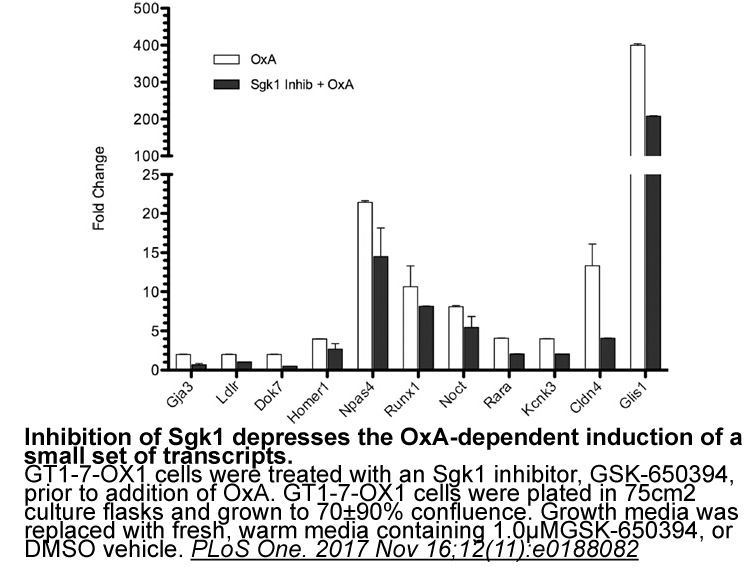
Our research group has been involved by many years in the synthesis of new 2,3-benzodiazepin-4-ones (e.g. 1, Fig. 1) and in the characterization of their mechanism of action.15, 16, 17 Within the development of these compounds, we demonstrated that an improvement of AMPAR antagonism by 2,3-benzodiaz
-
br Hyperadiponectinemia in disease conditions Other
2023-01-24

Hyperadiponectinemia in disease conditions Other evidence indicates that hyperadiponectinemia does not necessarily always imply a healthy outcome. Indeed, a recent study suggested that hyperadiponectinemia occurs in various diseases. Given that the risk for AD and vascular dementia is increased i
-
br Adenosine as a mediator of
2023-01-24
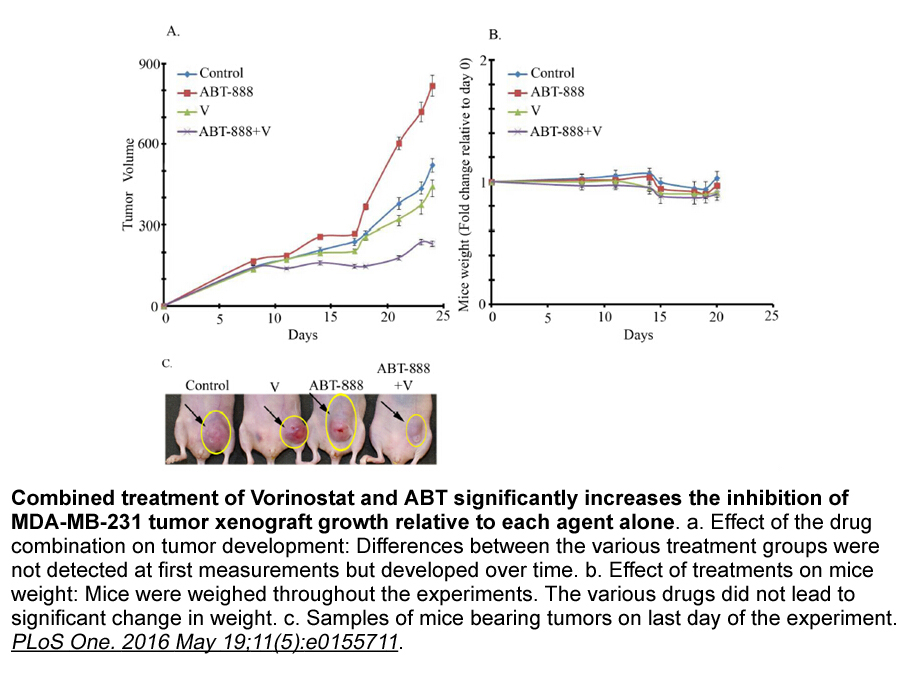
Adenosine as a mediator of procedures used to manage pain The issue of caffeine Caffeine, from dietary sources, is perhaps the most widely consumed behaviorally active agent in the world (Fredholm et al., 1999). Initial characterization indicated caffeine had a higher affinity at A1−, A2A− and
-
To better understand the pathophysiology of ASDs we
2023-01-24
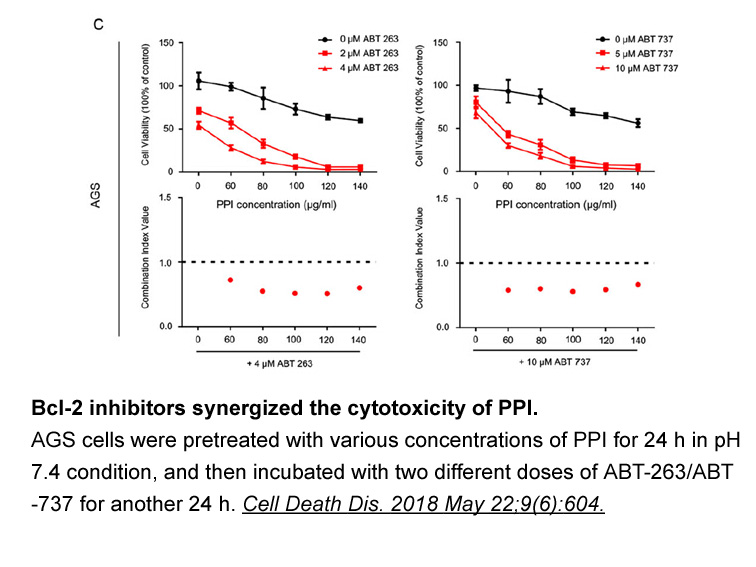
To better understand the pathophysiology of ASDs, we would need comprehensive information on a) the functions of ASD-associated proteins in the brain, b) how mutations affect the expression level and function of these proteins, c) how mutations affect their function in neurons, and d) how changed ne
15668 records 339/1045 page Previous Next First page 上5页 336337338339340 下5页 Last page